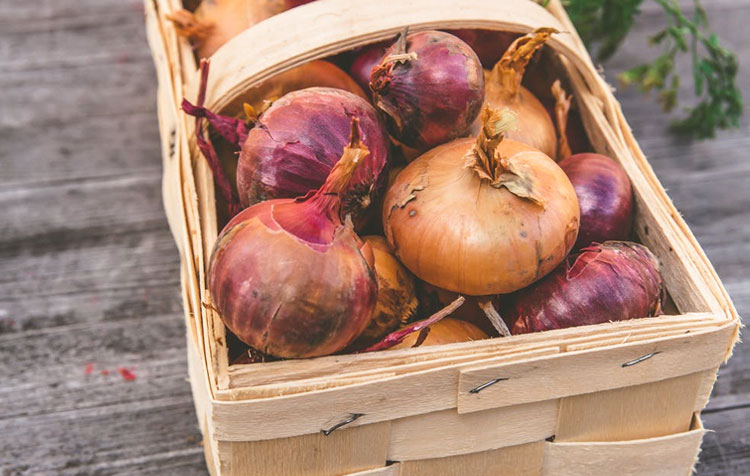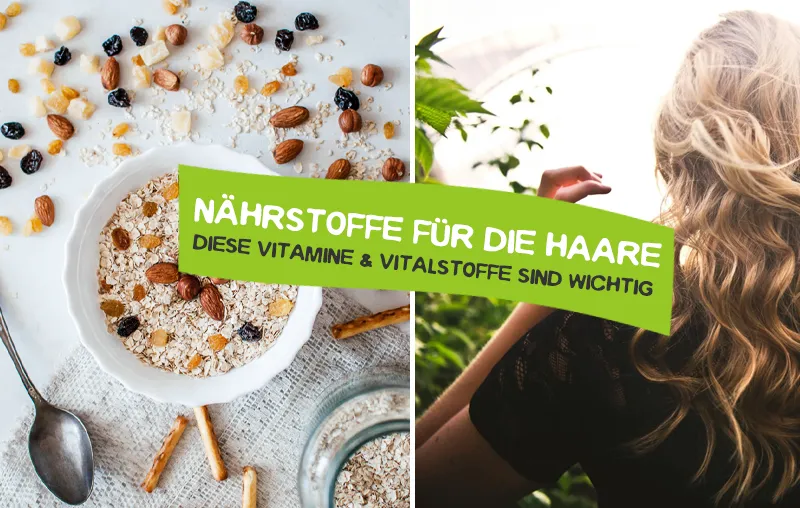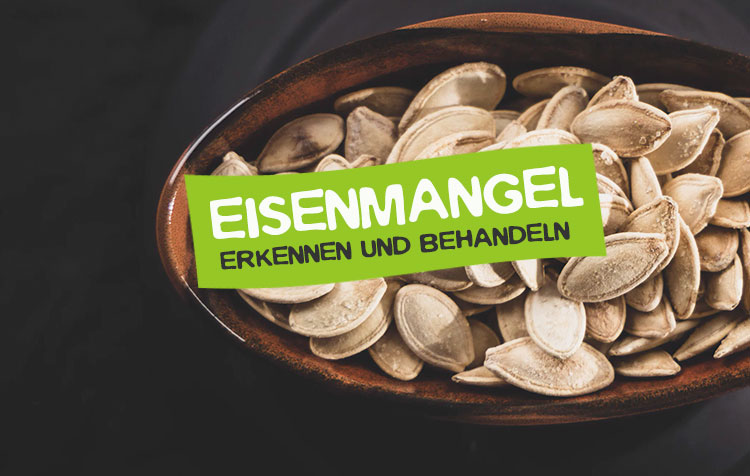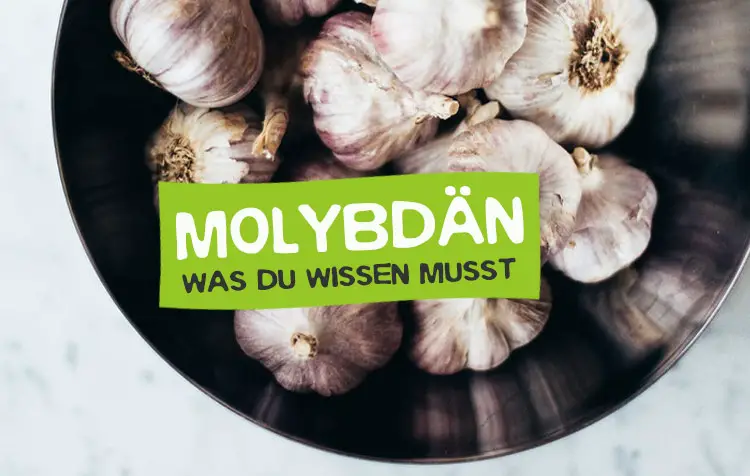Want to learn more about the connection between the trace element cobalt and your health and diet? Then you will definitely find what you are looking for here. In this article I have compiled the most important information about the nutritionally still rather unknown trace element.
At the beginning you will find a profile - then we talk about basics, daily requirement, importance for the body, possible deficiencies and overdoses and foods. Finally, I will also give you valuable tips on whether - and if so, what - vegans and vegetarians should consider regarding the intake of cobalt.
Here is a brief overview for you in advance:
Notice: This article is not a substitute for medical advice, but merely provides general information about Cobalt. Please consult your doctor if you feel unwell or want to prevent health problems with medical care.
Cobalt profile
Assignment: Trace element, element category transition metals
Synonyms: Cobalt, sometimes also cobalt ore
Important for: Uptake and processing of vitamin B12, production of red blood cells, probably involved in iodine metabolism
Daily requirement: largely unknown1
Recording: by ingestion
Overdose: not defined2
Deficiency symptoms: impaired vitamin B12 metabolism, reduced absorption of vitamin C
Food: Onions, potatoes, sunflower seeds, green peas
Nutritional supplement: in combination with vitamin B12
Cobalt basics
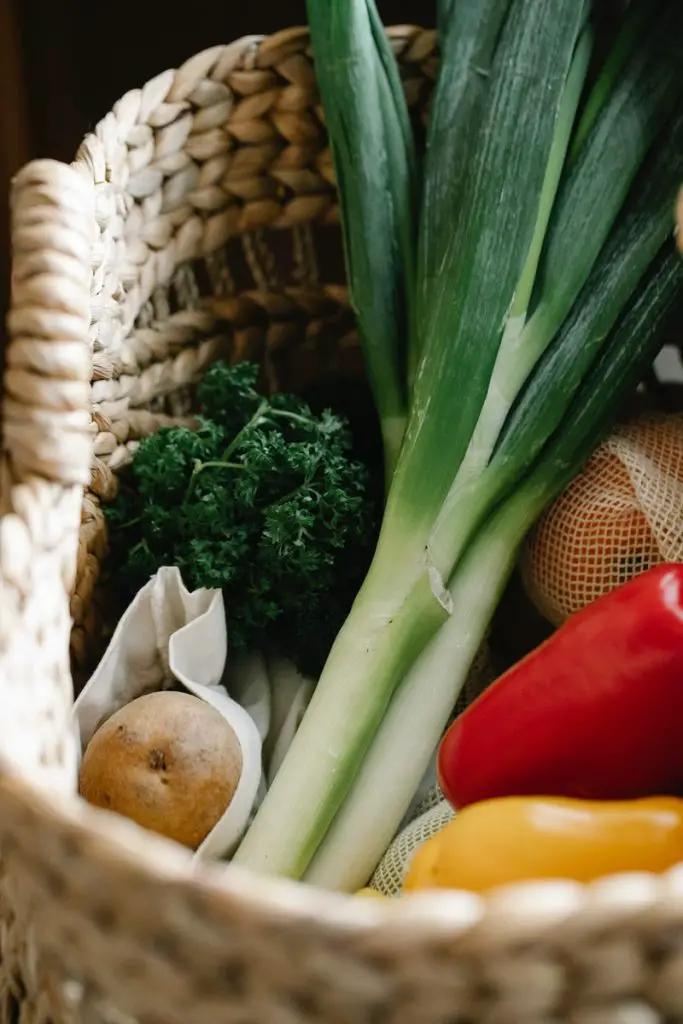
Cobalt, also cobalt or cobalt ore, is a trace element that is still quite unexplored in human nutrition. Most people know it more from technical, industrial areas, such as alloys, magnets or lithium-ion batteries. However, we want to look at the element in the context of nutrition and the human body.
Cobalt belongs to the iron group and is stored in the body in a small amount of about 1 mg. A Feature of cobalt is that, in contrast to other trace elements, it is immediately linked to the absorption and metabolism of a vitamin is. For cobalt is mainly used as Cobalamin, so Vitamin B12, recorded.
How much cobalt do we need?
Nutrition societies such as the German Nutrition Society, European Food Safety Authority or the National Institutes of Health have as of February 2022 No reference values published for the supply of cobalt.
Because of the close relationship with vitamin B12, the daily requirement is sometimes based on the vitamin B12 requirement. The B12 requirement is 2 to 5 µg per day and includes approximately 0.2 to 0.4 µg of cobalt. Other publications recommend an intake of 2 to 100 µg per day.3 In any case, this information requires further research and, in my opinion, has little meaningfulness.
What role does the nutrient play in the body?
Cobalt is found in the human body primarily as Building block of vitamin B12 and thus serves the absorption and processing of the vitamin. Therefore, the trace element is also closely linked to the functions of B12. Furthermore, the trace element is associated with the manufacture red blood cells. In addition, the trace element also seems to affect the Nervous system and the Formation of the myelin sheath effect. Other nutrients whose metabolism is presumably influenced by cobalt are Vitamin C and Iodine.
The role of cobalt summarized:
- Significant influence for the absorption and processing of vitamin B12
- Contribution to the production of red blood cells
- Presumed beneficial effects on the nervous system and myelin sheath production.
- Possible influence on the metabolism of vitamin C and iodine
Can poisoning with cobalt occur?
So far still No overdose through the supply of organic cobalt determined. In the case of inorganic cobalt, on the other hand, excessive intakes can lead to heart muscle damage or increased iodine levels.
A so-called Cobalt poisoning can therefore result exclusively from the supply of inorganic cobalt. This can happen, for example, through a hip endoprosthesis, i.e. the high amounts of cobalt in artificial hip joints. Then the trace element can bind to sulfhydryl groups and inactivate them. As a result, fatigue, muscle weakness, reduced sense of smell or diseases of the heart muscle can occur.
Can there also be a deficiency?
So far No isolated cobalt deficiency observed. However, insufficient cobalamin intake may occur, resulting in the classic symptoms of B12 deficiency. However, this cannot be compensated with an increased cobalamin intake.
What foods contain cobalt?
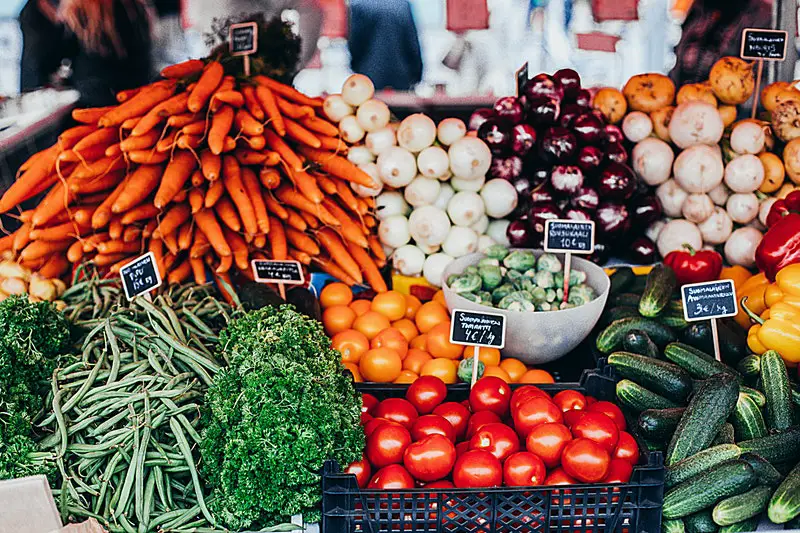
For cobalt, the following applies neither too much nor too little absorbed should be. This sounds terribly complicated at first, but it is actually quite simple.
This is because cobalt is mostly bound in cobalamin, i.e. vitamin B12. This means that all foods and supplements containing B12 also contain cobalt. Generally cobalt is found in onions, potatoes, sunflower seeds or Legumes contained. A particularly high content of the trace element is also found in weakly deoiled cocoa powder.
Cobalt in plant-based diets
Since no isolated cobalt deficiency has occurred to date, the nutrient does not appear to be a problematic nutrient for vegans. Therefore the DGE Cobalt - in contrast to B12 - not as a potentially critical nutrient defined in vegan diet.4
Should cobalt be supplemented?
There is no reason for an isolated supply of cobalt. However, it makes sense for vegans to take cobalamin. You can find more information about this in the article on Vitamin B12.
Healthy and well supplied with cobalt through a plant-based diet
In conclusion, what can be said about cobalt is that most people are well supplied with the trace element and deficiencies have not occurred to date. With a balanced and wholesome plant-based lifestyle, you get enough cobalt, stay fit and can get many diet-related diseases avoid
If you want to take your health one step further, it's worth looking into the articles on Salutogenesis or Forest bathing to look.
Hopefully the article could help you and answer your questions. If you have any questions or suggestions, feel free to leave me a comment.
All the best,

PS.: If you want to know even more about nutrients, you might also be interested in the articles on Vitamin K, Calcium or Manganese. Look inside with pleasure!
References:
1 Deutsche Gesellschaft für Ernährung e. V.: Referenzwerte für die Nährstoffzufuhr, https://www.dge.de/wissenschaft/referenzwerte/?L=0. [08.02.2022].
2 European Food Safety Authority: Tolerable Upper Intake Levels for Vitamins and Minerals, https://www.efsa.europa.eu/sites/default/files/efsa_rep/blobserver_assets/ndatolerableuil.pdf. [08.02.2022].
3 H.D. Belitz, W. Grosch (2008): Lehrbuch Lebensmittelchemie, 6th edition, Springer-Verlag, Berlin, Heidelberg.
4 Deutsche Gesellschaft für Ernährung e. V.: Supplement to the position of the German Nutrition Society regarding population groups with special nutritional needs, https://www.dge.de/wissenschaft/weitere-publikationen/dge-position/vegane-ernaehrung/?L=0 [08.02.2022].
5 H. K. Biesalski, et al. (2010): Cobalt in nutritional medicine. According to the new curriculum nutritional medicine of the German Medical Association, 4th edition, Georg Thieme Verlag.

